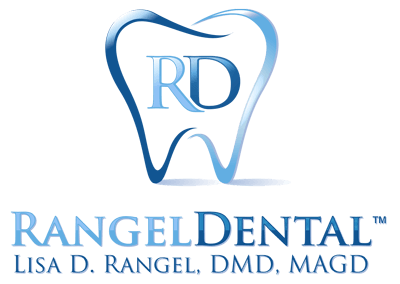DO YOU REMEMBER what it felt like when your adult molars were coming in? Sore, puffy gums and a lot of tenderness when chewing? Well that’s what teething is like for toddlers too, except it’s the first time in their lives anything like this has happened, and it can be very upsetting for them — and their parents. Here are a few tips to follow to help a teething child.
#1: Learn to Recognize the Signs of Teething
Be on the lookout for incoming teeth starting around the six month mark. The lower front teeth usually appear anywhere between then and the first birthday. During this time, you might notice some changes in your child’s behavior that are actually symptoms of teething.
They might be less willing to breastfeed, drool excessively, reject foods they used to enjoy, have difficulty sleeping, or become generally irritable. They might also avoid biting, chewing, or sucking on things — or start biting, chewing, and sucking on everything they can reach!
#2: Also Recognize what ISN’T a Sign of Teething
Not everything is a teething symptom, and it’s important to be aware of the difference because it could mean something else is wrong. A runny nose, fever, or diarrhea aren’t connected with teething, but they may be symptoms of a virus. If they continue or get worse, take your child to see the pediatrician.
#3: Be Familiar With the Stages of Teething
Teething happens in stages, not just all at once or all in the same way. The eruption stage is when the baby teeth travel up through the gum tissue from the jaw bones. After eruption comes cutting, when the teeth finally break through the gum tissue to become visible. These stages are both painful, but babies and toddlers don’t have the words to explain that. Instead, they will probably act cranky and tired, and they might get picky about their food and eating times.
#4: How to Soothe a Teething Baby
There are a few ways we can help teething babies and toddlers through this uncomfortable stage of development. If possible, continue breastfeeding, which can reduce the pain of teething. Make sure to give them something to chew on, like a teething toy. It can help the teeth cut through the gums faster while soothing the discomfort.
#5: Choosing the Right Teething Toys
Be careful to avoid teething toys that contain PVC, BPA, or phthalates. These chemicals are meant to make toys last longer, but recent studies have shown that they can be harmful if a child consumes them.
Is the toy solid or gel-filled? If the latter, is it sturdy enough to stop your child from getting to the gooey center not meant to be consumed by humans? It might be good to look for a toy that can be chilled in the fridge and has a clip to fasten it to your child’s clothing.
Bring Us Your Teething Concerns
We’re here to answer any questions parents have about teething and the troubles that come with it. And don’t forget that as soon as the first tooth appears, it’s time for baby’s first dental checkup!

